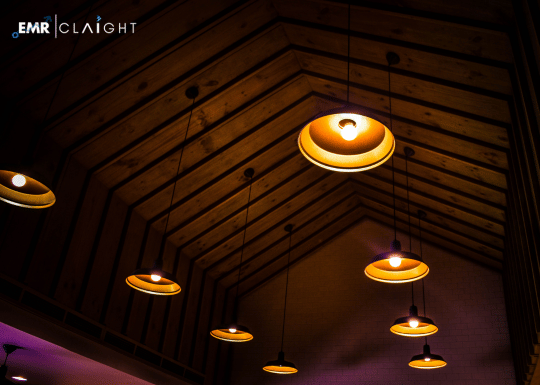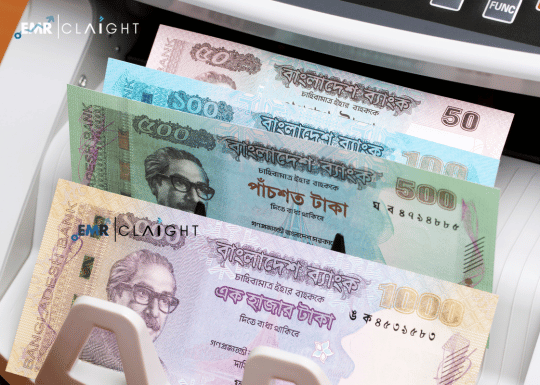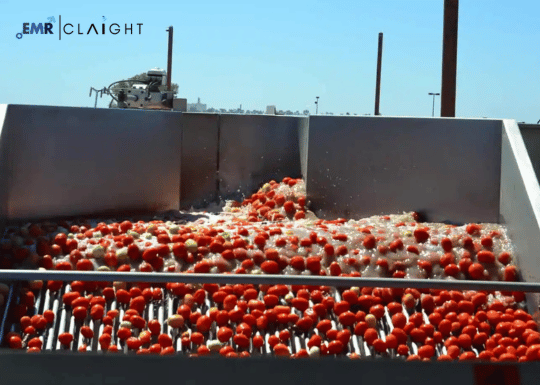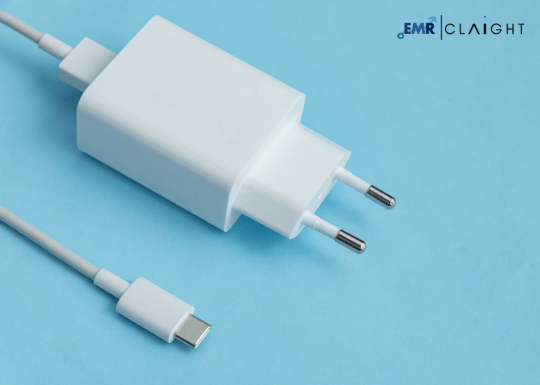UAE Lighting Market Size & Share | Industry Growth - 2034

According to the report by Expert Market Research (EMR), the UAE lighting market, significantly driven by the robust expansion of LED lighting systems, attained a value of USD 952.07 million in 2024. The market is poised to witness substantial growth over the forecast period, supported by strong government sustainability policies, rapid infrastructure development, and the increasing consumer shift toward energy-efficient lighting technologies. It is projected to expand at a compound annual growth rate (CAGR) of 15.00% between 2025 and 2034, ultimately reaching a value of USD 3851.65 million by 2034. The demand for innovative and smart lighting solutions across residential, commercial, and industrial spaces in the UAE is rising, propelled by national goals aligned with Vision 2030 and urban transformation strategies.
Market Size
The UAE lighting market has grown significantly in recent years, reflecting the country’s commitment to sustainable urban development and modern infrastructure. As of 2024, the market reached approximately USD 952.07 million, a milestone that underscores the growing importance of lighting as an integral component of construction and design. This expansion is largely attributed to increasing real estate development, renovation of outdated lighting systems in government and private buildings, and widespread adoption of LED lighting technologies. The market is expected to nearly quadruple in size by 2034, driven by escalating construction activity in sectors such as hospitality, healthcare, education, and retail, along with new residential projects that require modern, energy-saving lighting systems.
Market Share
The LED lighting segment currently holds the largest share in the UAE lighting market, reflecting a nationwide transition from traditional incandescent and fluorescent lighting systems to modern, energy-efficient alternatives. Commercial applications dominate the overall market, accounting for the highest revenue contribution due to the prevalence of LED lighting in shopping malls, office buildings, hotels, and entertainment venues. The residential segment is also expanding rapidly, driven by growing awareness among homeowners about the long-term cost benefits and environmental advantages of LED and smart lighting. Geographically, Dubai accounts for the largest regional share of the market due to its extensive infrastructure development and rapid urbanisation, followed closely by Abu Dhabi, which is actively investing in sustainable public infrastructure and smart city solutions. The dominance of these Emirates reflects their strategic focus on creating smart, connected, and energy-efficient environments that drive innovation and attract global investments.
Request a Free Sample Report
Market Trends
The UAE lighting market is undergoing a major transformation, primarily influenced by the increasing adoption of smart lighting technologies and integrated building automation systems. One of the most notable trends is the shift toward smart lighting solutions that are equipped with motion sensors, timers, dimming features, and wireless controls, allowing users to enhance energy efficiency and user comfort. These systems are being widely deployed across commercial and residential buildings, enabling dynamic lighting management based on occupancy and natural light availability. Decorative and architectural lighting is also gaining traction in the UAE, especially within the hospitality and luxury retail sectors where ambience and visual appeal are critical to customer experience. Colour-changing LEDs, concealed lighting strips, and custom-designed fixtures are increasingly being used to enhance aesthetic value. Furthermore, the growing popularity of solar-powered lighting, particularly for outdoor applications such as streetlights, landscapes, and parks, aligns with the country’s renewable energy goals and provides an additional layer of energy conservation, making it an emerging area of opportunity within the market.
Drivers of Growth
Several key factors are driving the strong growth of the UAE lighting market. Foremost among them is the government’s commitment to sustainable development and energy conservation, reflected through regulations such as the Green Building Regulations and the UAE Energy Strategy 2050. These initiatives mandate the use of energy-efficient technologies, encouraging widespread adoption of LED and smart lighting across new and existing structures. The continuous growth of the construction and real estate sector is another major driver, as increasing investments in housing, commercial projects, and public infrastructure demand advanced lighting systems. Moreover, rising consumer awareness regarding electricity savings, reduced maintenance costs, and enhanced product longevity is accelerating the shift toward LED lighting. The country’s smart city initiatives, including Dubai’s Smart City project and Abu Dhabi’s digital transformation plans, further enhance the demand for intelligent lighting systems integrated with Internet of Things (IoT) and artificial intelligence (AI) technologies.
Technology and Advancement
Technological innovation is playing a transformative role in the evolution of the UAE lighting market. Advances in LED technology have resulted in products with higher efficiency, better colour rendering, and longer life spans, making them ideal for various indoor and outdoor applications. These improvements not only reduce electricity consumption but also enhance user satisfaction through improved lighting quality. Smart lighting systems that can be controlled through mobile apps, voice assistants, or automated schedules are becoming standard in both high-end residential properties and modern commercial developments. Technologies such as Bluetooth Mesh, ZigBee, and Wi-Fi-based control systems are replacing traditional wired networks, offering greater flexibility and ease of installation. Another major innovation gaining traction is Lighting-as-a-Service (LaaS), a model where businesses pay a subscription fee for lighting installation, operation, and maintenance rather than investing heavily upfront. This model is increasingly preferred by organisations seeking to upgrade their lighting systems while conserving capital and reducing operational risks.
Competitive Landscape
Some of the major players explored in the report by Expert Market Research are as follows:
- Signify Holding B.V.
- OSRAM GmbH
- Universal Lighting Industries (FZC)
- JAF Lights & Electricals
- Others
Challenges and Opportunities
Despite the promising outlook, the UAE lighting market faces certain challenges that could impede its progress. One of the primary concerns is the high initial cost of LED and smart lighting systems, which, although offset by long-term savings, still acts as a deterrent for cost-sensitive consumers and small-scale businesses. The presence of counterfeit or substandard lighting products in the market is another pressing issue, as it affects brand reputation, consumer safety, and overall market quality. A lack of awareness among some segments of the population about the advantages of energy-efficient lighting and smart controls can also limit adoption. However, the market is replete with opportunities that outweigh these challenges. The retrofitting of legacy buildings with modern lighting systems presents a vast area for expansion, especially across older residential complexes and commercial centres. The growing demand for luxury housing, iconic landmarks, and tourist attractions opens up new avenues for innovative lighting designs and technologies. Additionally, the rapid rise in e-commerce and online retailing creates further opportunities for lighting brands to reach a broader customer base through digital engagement and targeted marketing campaigns.
Market Forecast
The UAE lighting market is on an upward growth trajectory, bolstered by a strong regulatory framework, advancing technologies, and increasing consumer demand for smart, sustainable, and aesthetically appealing lighting solutions. With a projected CAGR of 15.00% during the period 2025 to 2034, the market is expected to grow from USD 952.07 million in 2024 to an estimated USD 3851.65 million by 2034. This growth will be primarily driven by continuous developments in infrastructure, the expansion of smart city projects, and greater adoption of smart lighting systems across residential, commercial, and industrial applications. As the UAE continues to invest in digital transformation, energy efficiency, and green building technologies, the lighting industry will remain a critical pillar in shaping the country’s urban and environmental landscape. Stakeholders that embrace innovation, sustainability, and customer-centric solutions are well-positioned to capitalise on the immense potential offered by the evolving UAE lighting market.
Note: IndiBlogHub features both user-submitted and editorial content. We do not verify third-party contributions. Read our Disclaimer and Privacy Policyfor details.







